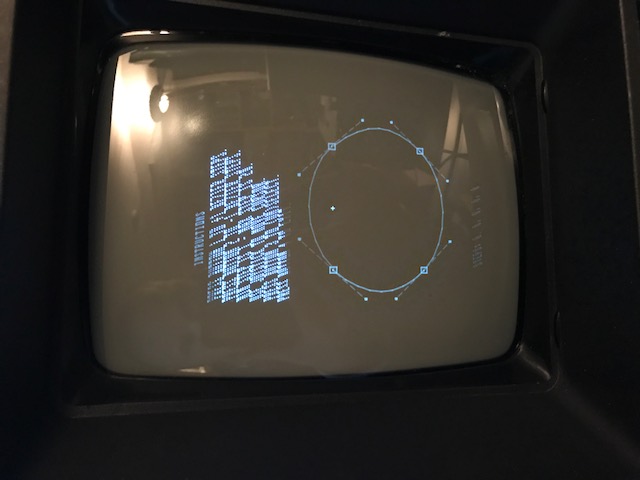Its not the BIOS.
I checked with a program...
- but I'll try it on a different Vectrex... might be that my test vectrex is a bit "special"...
It behaves a bit differently on occasions (thats why it is my test Vectrex :-) ).
Cheers
Malban
I checked with a program...
- but I'll try it on a different Vectrex... might be that my test vectrex is a bit "special"...
It behaves a bit differently on occasions (thats why it is my test Vectrex :-) ).
Cheers
Malban


